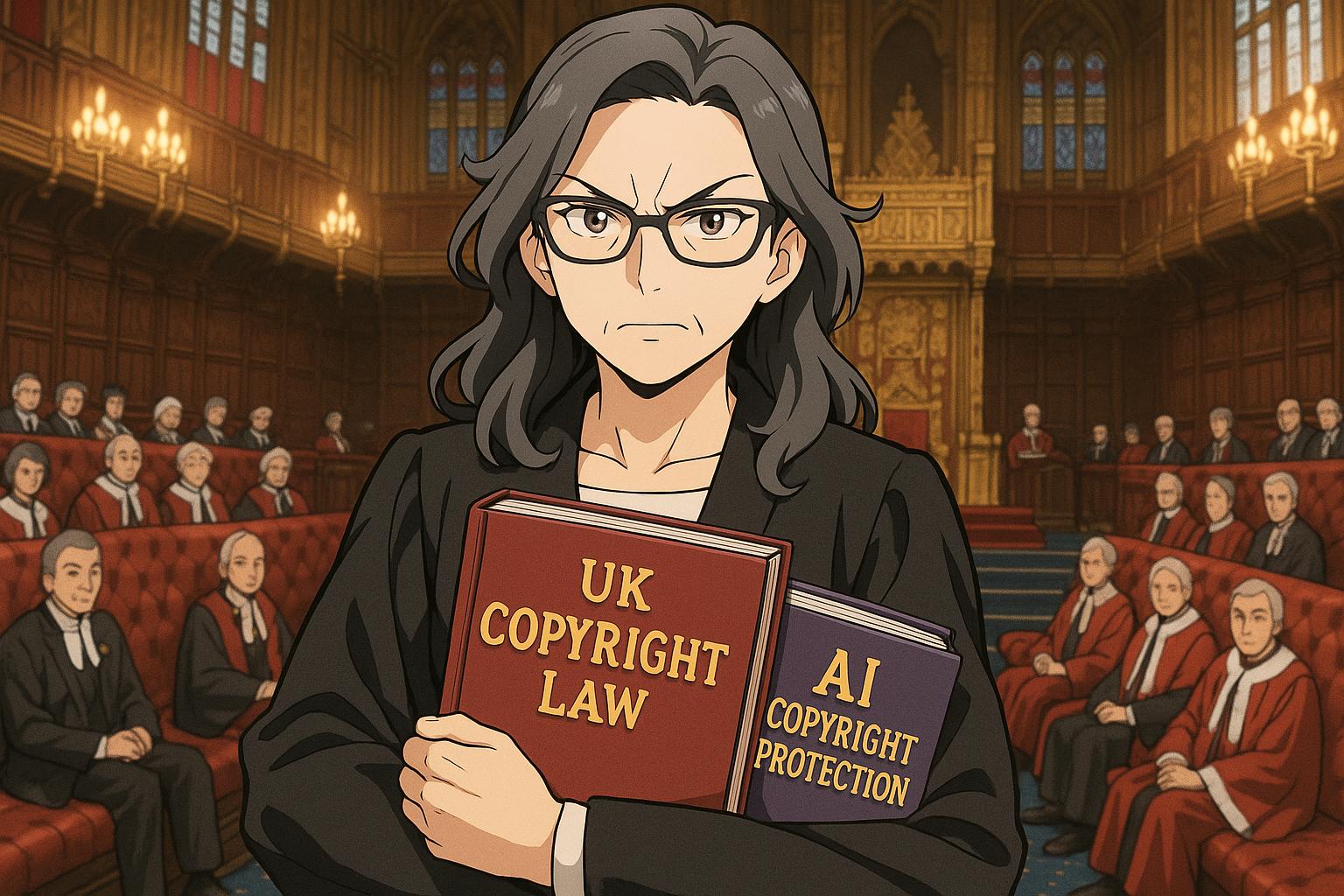The recent legislative battle in the House of Lords represents a significant turning point in the ongoing discourse surrounding the intersection of artificial intelligence and copyright law. In a striking defeat for the UK government, peers voted 145 to 126 in favour of amendments to the Data (Use and Access) Bill, aimed at imposing stricter regulations on the use of copyrighted material for training AI models. This outcome underscores escalating tensions regarding how major tech companies utilise intellectual property without appropriate consent or compensation.
The amendments, championed by digital rights campaigner Baroness Kidron, were designed to enforce existing copyright protections and enhance transparency. Under the proposed measures, AI companies would be explicitly subject to UK copyright law, regardless of their country of origin. This includes revealing the identities of web crawlers—automated programs that gather data from the internet—which currently operate with a degree of anonymity. Furthermore, the amendments seek to empower copyright owners by obliging AI developers to disclose when and how their work is employed. Such moves received bipartisan support, indicating a growing consensus in Parliament that significant legal changes are necessary to safeguard the rights of creatives against the encroachment of unregulated AI practices.
Critics of the government’s approach have voiced substantial concerns about its preferred 'opt-out' system for text and data mining, which many believe could facilitate widespread unauthorized usage of copyrighted content. As highlighted by several key figures in the House of Lords, including Baron Berkeley of Knighton and Baron Arbuthnot of Erdom, the idea that existing copyright law could be relaxed to enable AI training raises profound ethical questions. Both peers asserted that AI will not necessarily require copyrighted material to function effectively, thereby suggesting that no amendments to the current framework are required.
These discussions have been galvanised by vocal opposition from prominent members of the creative community. Notable figures such as Paul McCartney, Elton John, and Andrew Lloyd Webber have been at the forefront of this movement, warning that insufficient copyright protections would jeopardise the livelihoods of artists, particularly emerging talent. McCartney has been particularly vocal, having signed petitions that assert the unlicensed use of creative works for AI training constitutes a significant threat to artistic livelihoods. "Without strong protections," he warned, "the UK’s status as a global leader in music and the arts is at serious risk."
The amendments proposed in the House of Lords not only aim to protect existing rights but also reflect a broader dissatisfaction with the government's current consultation process, which many stakeholders regard as inadequate. Beeban Kidron has described the opt-out provision as "complex, costly, and ultimately unworkable," especially for independent artists who may struggle to navigate the bureaucratic intricacies associated with opting out of the data mining process. This crucial debate highlights a foundational issue: any dilution of copyright laws could enable AI companies to exploit creators’ works without permission or fair compensation, shifting the benefits of artistic labour away from the artists themselves and into the coffers of major tech firms.
While the UK government maintains that current uncertainties surrounding AI and copyright law could hinder technological development—including within the creative industries—the opposition from artists and lawmakers alike suggests that a careful recalibration of rights may indeed be necessary to foster a sustainable integration of AI into the economy. The House of Lords’ recent vote signifies a pivotal moment in this ongoing conversation, pointing toward a future where the rights of creators are robustly protected against the backdrop of rapid technological advancement. As the bill returns to the Commons, it remains to be seen whether the government will heed these calls for a more equitable approach to copyright in the age of AI.
Reference Map
- Paragraph 1: [1], [2], [6]
- Paragraph 2: [2], [3], [5]
- Paragraph 3: [4], [7]
- Paragraph 4: [6], [7]
- Paragraph 5: [5], [6]
- Paragraph 6: [2], [6], [7]
Source: Noah Wire Services
